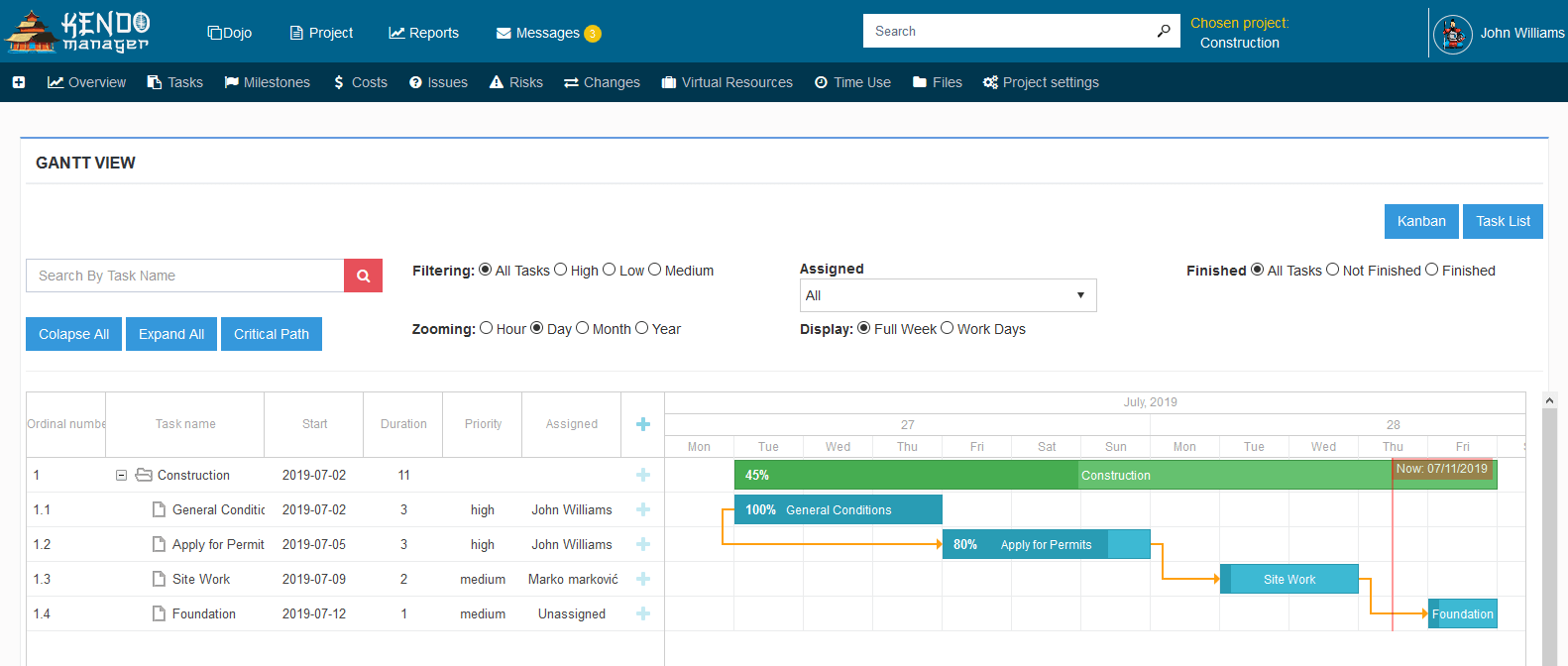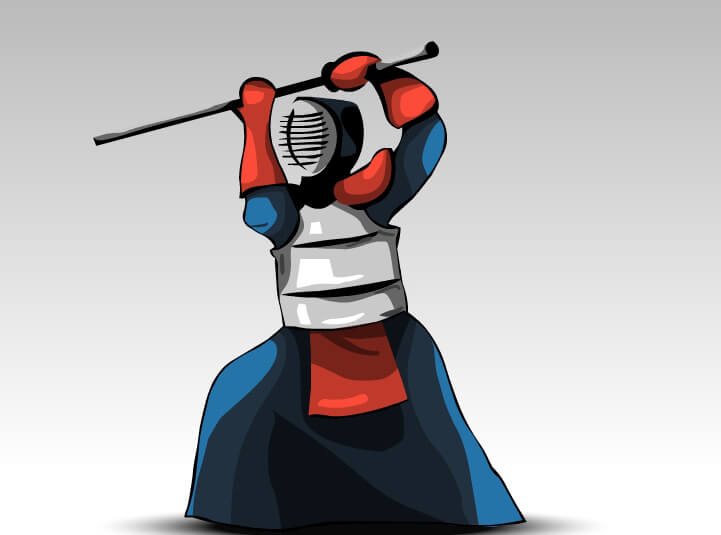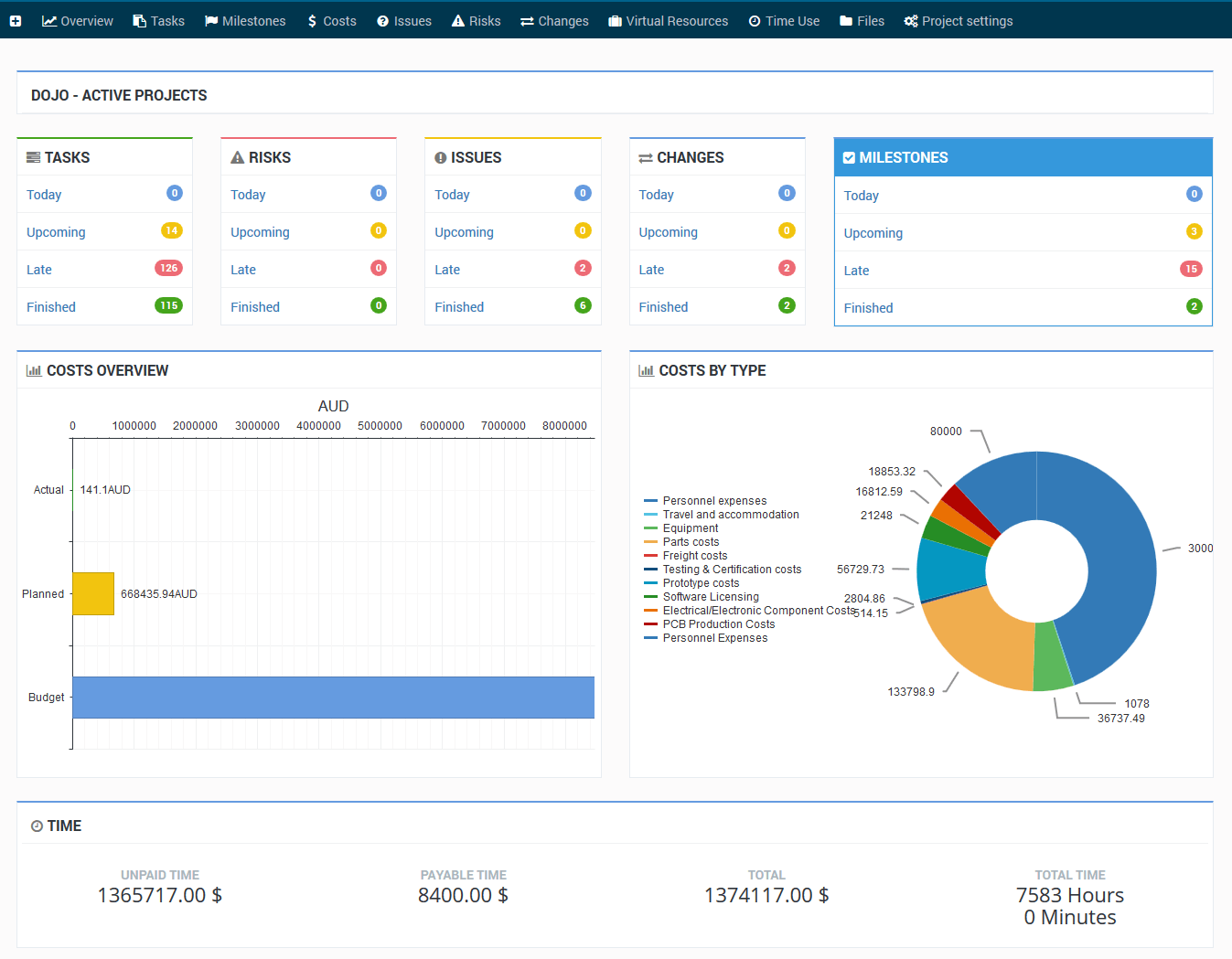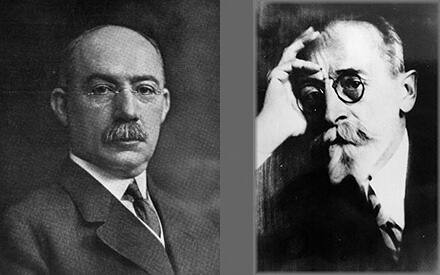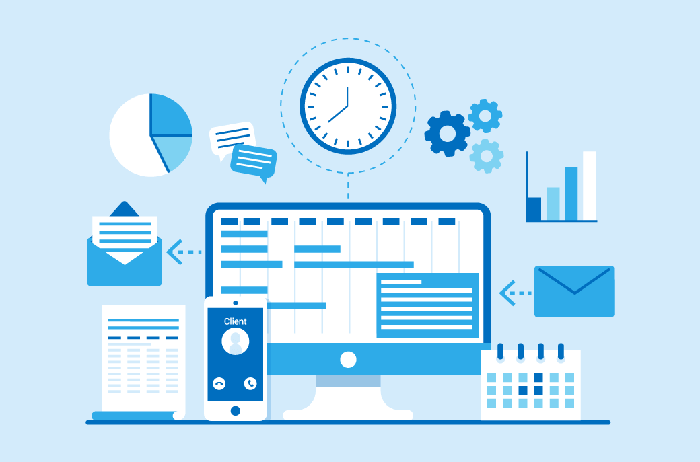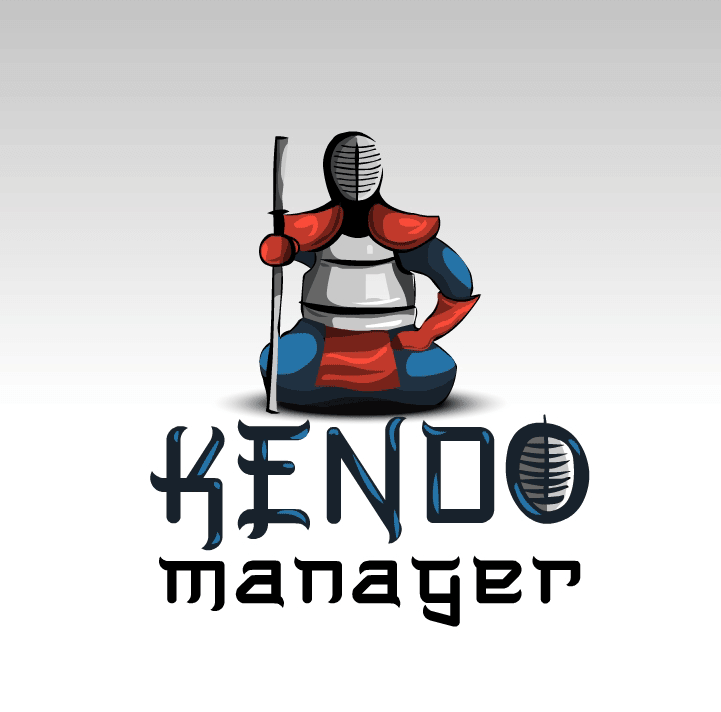What is a Gantt Chart?
Most people have never heard of the Gantt chart. A Gantt Chart is a timeline that is used in project management software to illustrate how the project will run. Gantt charts is used by employes for planning projects of all sizes. Gantt is very useful for showing what work is scheduled to be done on a particular day. It also enables you to see the beginning and end dates of a project in a simple view.
On a Gantt chart, you can readily see:
- The start date of the project
- What the project activities are
- Who is working on each task
- Individual tasks, their duration’s and the sequencing of these tasks.
- When tasks starts and when they are finished
- How long each task takes
- How tasks overlap and associate with one another
- The finish date of the project.
Previously, many people used paper to create a Gantt before modern Gantt charts application appeared. Now, many people, Gantt charts are generated in Excel, or project management software which is also Software for Gantt chart.

